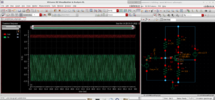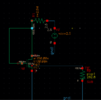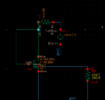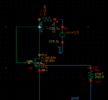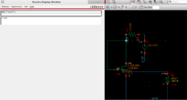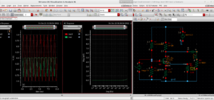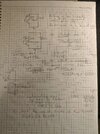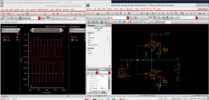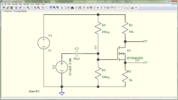Fluffyboii
Active Member
I tried for an hour or so to make a mosfet amplifier in LTspice but I never got gain more than 1 no matter what values I used for bias resistors ,drain resistor, source resistor. If I recall correct gain should be something around -drain resistance/source resistance but nope it just doesn't work.
I need to make a amplifier with 8V/V gain with maximum 2.5Vdrain. I will calculate the values with the boring old fashioned way but it seemed odd that I couldn't get anything working with ballpark values. Cadence also had the same issue so I am assuming I forgot something important. (I tried using more Vd in Cadence later, it didn't help)
I need to make a amplifier with 8V/V gain with maximum 2.5Vdrain. I will calculate the values with the boring old fashioned way but it seemed odd that I couldn't get anything working with ballpark values. Cadence also had the same issue so I am assuming I forgot something important. (I tried using more Vd in Cadence later, it didn't help)

